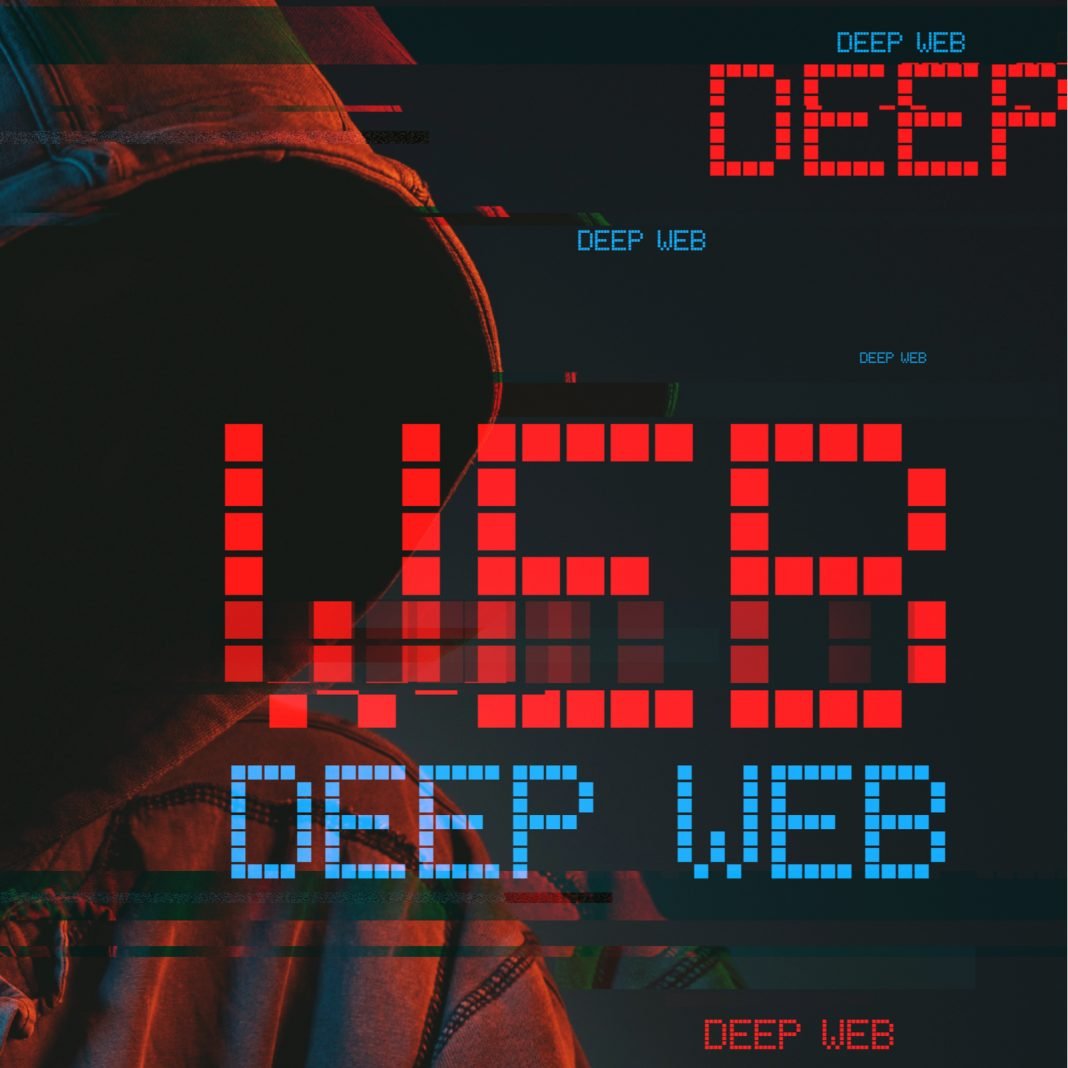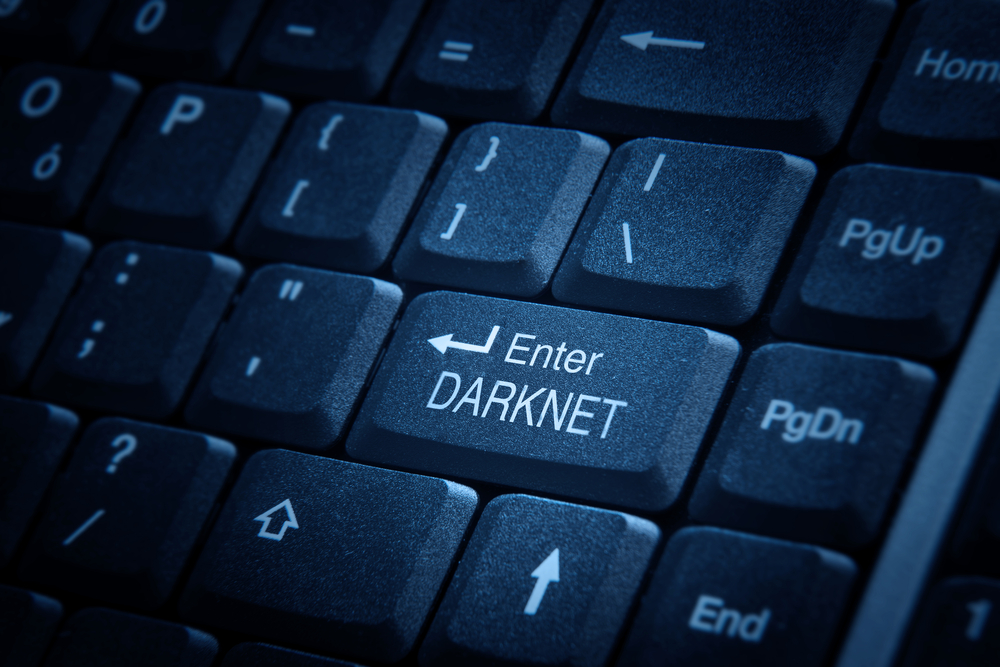
Ever since Reddit pulled the plug on r/darknetmarkets, deep web users have been starved of real time information on trustworthy sites and vendors. Deep Dot Web is one of the few remaining clearnet portals where information on darknet markets (DNMs) can be found. DNMs were bitcoin’s first “killer app”, and to this day provide one of the most tangible uses for cryptocurrency.
Without the Darknet We Probably Wouldn’t Be Here
It is no exaggeration to say that were it not for deep web marketplaces, and specifically Silk Road, there’s a chance that bitcoin might never have taken off. At the very least, its adoption would have been hindered. VCs courting crypto funds; entrepreneurs seeking to tokenize the world; startups putting improbable things on the blockchain; ICOs amassing ether: none of these things would exist had a twenty-something dropout named Ross Ulbricht not decided to sell psychedelic mushrooms and accept payment in bitcoin.

Silk Road is long gone, but the legacy Ross Ulbricht laid lives on through its successors. Deep Dot Web’s comparison chart contains a breakdown of no less than 10 DNMs, detailing the commission they take and listing features such as multisig, 2FA, and forced PGP. The deep web’s most popular markets have made it to the top on account of their longevity, range of wares, and generally positive reviews. For those inclined to enter the deep web, the following marketplaces may be of interest.
Dream Market

The deep web’s oldest marketplace, Dream has been standing since 2013, which is aeons in darknet terms. Exit scams and LE busts usually put paid to DNMs in less than 12 months. The fact that Dream is still standing attests to its robustness. It accepts bitcoin core, bitcoin cash, and monero and boasts 50,000 digital goods and 63,000 drugs listings. Its “Other” category contains designer watches, retro Air Jordan sneakers, €500 notes, credit card numbers, and hentai porn subscriptions. There’s also a “Services” section where you can purchase fake IDs or order Youtube dislikes on a video you particularly hate. For 0.8 BTC you can disappear completely before emerging with an entirely new identity.
Wall Street

Riddled with vice and double-dealing, Wall Street is a den of iniquity. Its deep web namesake, on the other hand, is highly regarded. The site claims to have almost 3,000 vendors and 400,000 customers and accepts BTC and XMR. Wall Street has less wares then Dream but more categories including “Security & Hosting” which can be found alongside “Fraud”. Not everything that can be bought on the deep web is illicit – just most things.
Point Marketplace
Point, formerly Tochka, is a Russian DNM that’s been running since 2015. It has a number of innovative features including dead drops, enabling vendors to leave goods at a location where the buyer can later collect it. The site has less uptime than Wall Street and Dream (90% versus 97% and 98% respectively), and has been offline for the past couple of days. Otherwise, Point’s customer service is highly rated, and the site stocks all the usual goodies you’d expect to find on the deep web.

Anyone considering checking out Point, Wall Street, Dream, or any of the many other darknet marketplaces – plus P2P marketplace Open Bazaar – should take precautions to preserve their anonymity. Buyers should also note that certain items may be illegal to purchase in their country. Other risks include the possibility of law enforcement surreptitiously taking over a site and using it as a honeypot to collect user information, as happened with Hansa.
For cryptocurrency users who have no desire to transact on the deep web, visiting DNMs serves as a sort of pilgrimage: a reminder of where bitcoin came from, and an acknowledgment that it was vice that brought us here. Everyone involved in the cryptocurrency space today owes a debt to Ross Ulbricht, Silk Road, and the darknet markets it spawned.



No comments:
Post a Comment